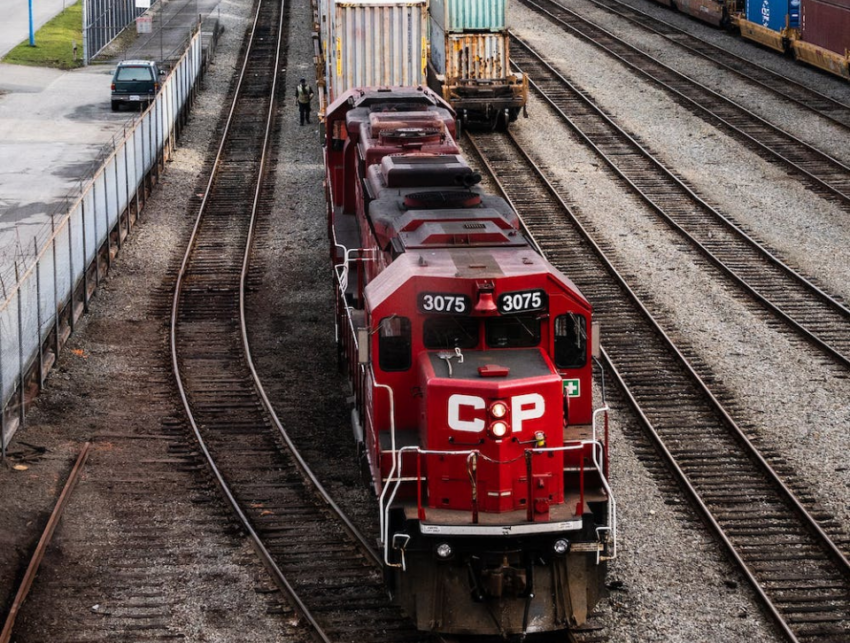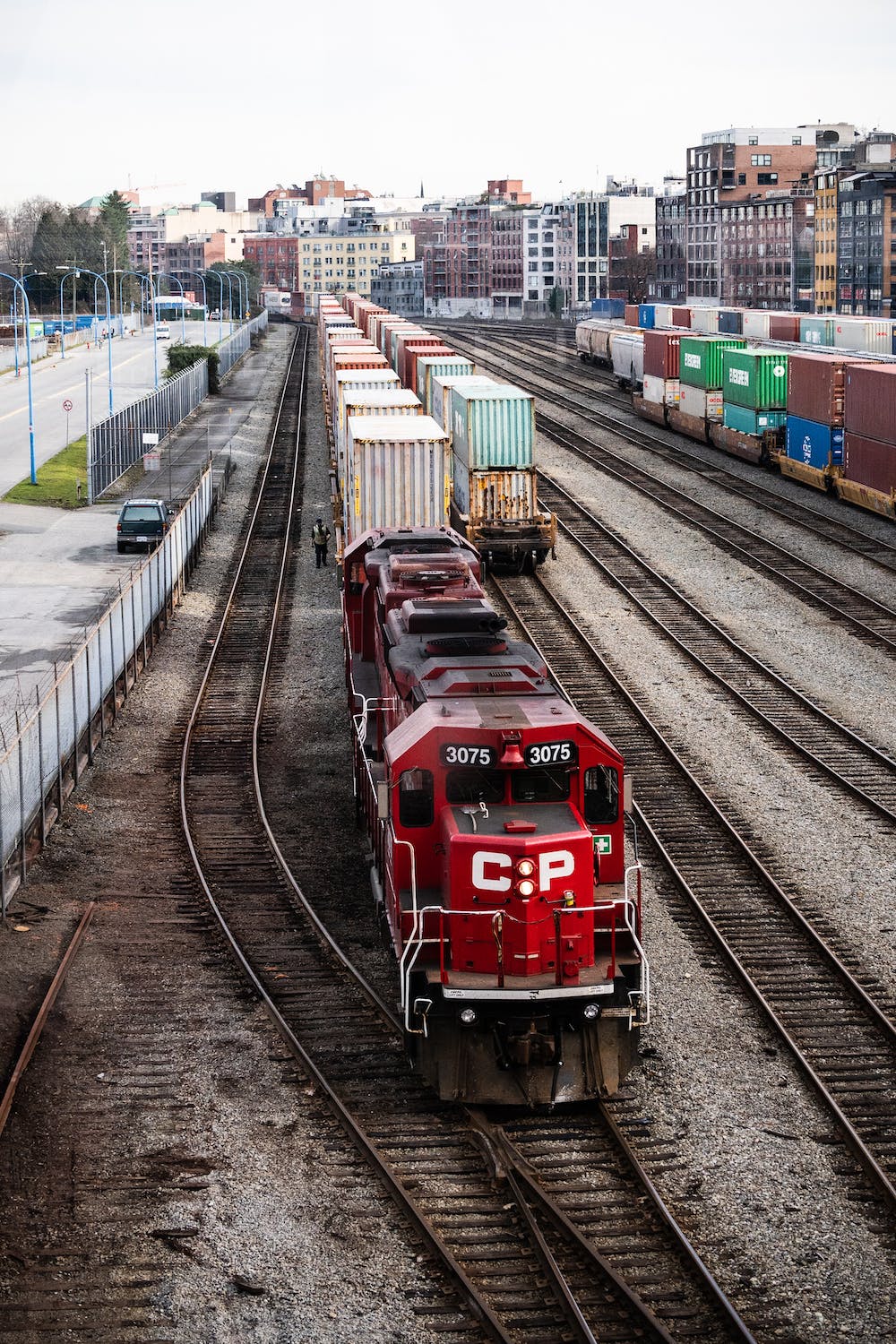|
|
China has significantly contributed to enhancing global connectivity with the Belt and Road Initiative which has had a tremendous impact on the transportation and logistics industry.The BRI has helped to boost international trade by creating a massive transportation network covering sea, road and rail successfully integrating several countries into the global supply chain. During the peak of equipment shortage, and port congestion in the years of the pandemic, Chinese freight forwarders have made good use of the China-Europe freight trains that run via Central Asia. Moreover, the pandemic has demonstrated the reliability of rail freight as compared to the ocean and air freight which were coping with innumerable challenges.
In today’s article, we are going to discuss the significance of the China-Europe train for the global freight forwarding industry. |
A bit about the China-Europe Freight train
Back in 2014, the Chinese authorities announced a freight train to deliver cargo from the Zheijiang Province of East China to Madrid for the first time. Even the government was apprehensive about the reception of this new rail service since not many forwarders would have believed that moving cargo overland for over 13,000 km could be cost-effective. Presently, this train from Yiwu to major cities in Europe has become the backbone of the international transportation and logistics industry. There are 1,277 freight trains running between China to Europe and the number will keep increasing in the coming years.
Between 2016 and 2021 the number of trains from China to Europe grew from 1,702 to 15,183 per year. Additionally, these days the nature of cargo has also become more diverse with thousands of different products ranging from mobile phones, to cars to grains.
The advantages of the China-Europe freight train for the transportation and logistics industry
-
Role during the pandemic
Even during the peak of the pandemic, the rail freight was operational allowing China to send goods to 180 cities across Europe. At that time, the China-Europe Railway emerged as the fastest and the most secure way to move cargo from China to Europe and vice versa. It allowed for the easy transportation of medicines, masks, PPE, respirators and other emergency items. According to the Deputy General Manager of COSCO Shipping Lines, it took just ten days to send pharmaceutical cargoes from Hubei province to cities in Germany.
In other words, the China-Europe rail freight network has provided unique opportunities making the transportation and logistics industry in China and Europe more agile. More and more freight forwarding companies are now exploring the possibilities of moving freight via railways. Moreover, they are much cheaper than air freight and more reliable than the ocean freight. This is making railways a dominant model in international shipping.
-
Advantages over sea and air freight
Rail freight comes with several benefits that have become all the more apparent since the unpredictability of shipping operations during the pandemic. Moreover, the port congestion and the container shortage that continued long after the pandemic have further highlighted the benefits of this mode of transport. One important advantage of rail freight is that it doesn’t depend on the weather conditions. On the one hand, it is a cheaper mode of transport than air freight and on the other hand, it takes much less time than ocean freight. The transport time of cargo with the China-Europe train is just one-third of ocean freight while the expenses in just one-sixth of air freight.
Most importantly, rail freight is one of the most environmentally friendly options for moving cargo. Its carbon emission is only slightly higher than that of sea freight. Presently, over 70% of the net cargo from China to Europe goes via freight trains. Moreover, since both China and the European Union are committed to focusing on sustainable logistics, railway freight has come to have a vital position in their relations.
-
Enhanced trade links with several European countries
Apart from facilitating trade with the countries in Western Europe, the China Europe freight train has allowed for smoother trade links between China and countries in Northern Europe. Countries like Norway, Sweden and Finland are witnessing a considerable increase in rail freight volume to China. Moreover, this has also resulted in a rise in demand in China for several items from these countries. Finland is coming up as a leading hub between Europe and China because of its proximity to major hubs in the Nordic countries. Apart from fostering China-Europe trade, the railway network has reinforced the transportation and logistics industry in several Central Asian countries.
Wrapping it up
Although the time used to transfer the freight from one train to the next has gone down considerably, it is expected to become even faster in the coming days. Further improvements are also expected in terms of digitized border procedures that will lower the time needed for the freight trains to cross the borders. Nevertheless, it can confidently be said that the land channel between Asia to Europe will continue to become one of the most efficient international economic trade channels that will allow better connection and more cost-effective and convenient service.



